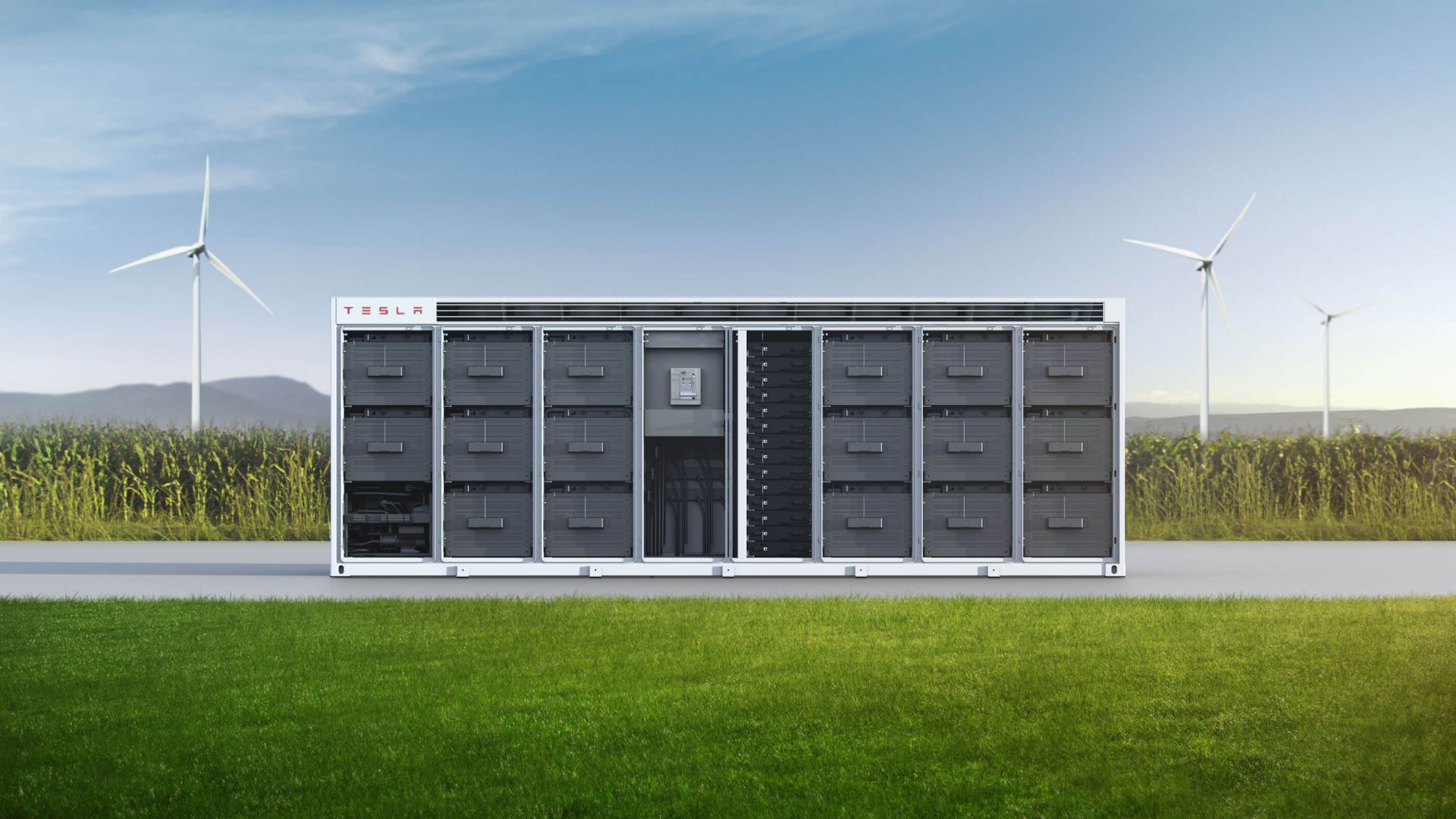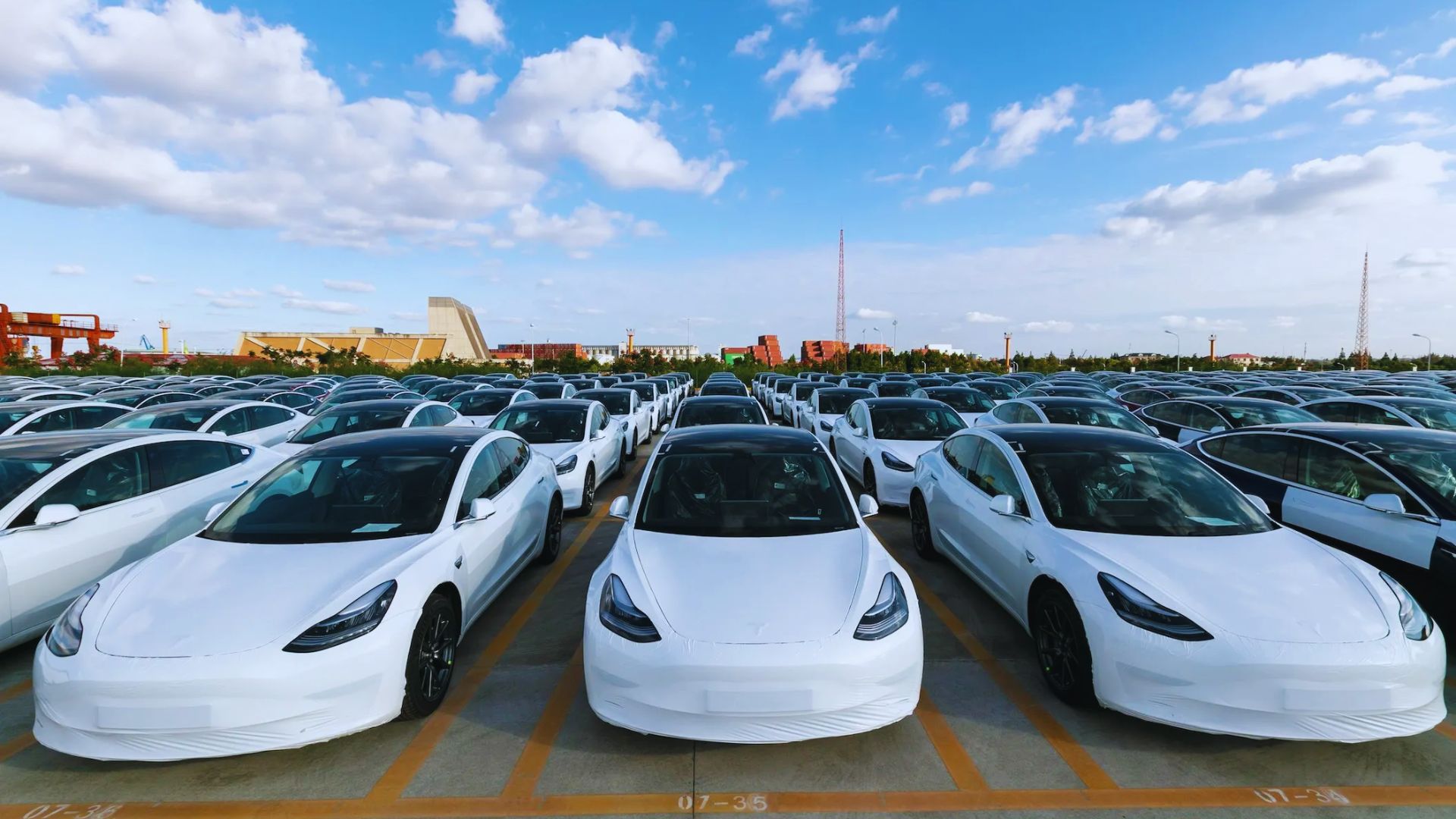Tesla, under Musk’s guidance, is revolutionizing sustainable energy, integrating solar innovations with state-of-the-art storage solutions for a greener tomorrow.
Elon Musk‘s vision for Tesla extends beyond electric vehicles. At its core, Tesla’s mission revolves around accelerating the world’s transition to sustainable energy. This ambition manifests in various products and innovations, from solar roofs to energy storage solutions like the Powerwall. This article provides an objective overview of Tesla’s endeavors in the sustainable energy sector, highlighting key developments, real-world applications, and the potential impact on our energy future.
Solar Innovations: More than Just Panels
Tesla’s Solar Roof is a blend of aesthetics and functionality. Unlike traditional panels, these solar tiles integrate seamlessly with the roof, ensuring architectural coherence. As per Tesla’s Q4 2020 report, the Solar Roof saw a 59% growth in installations compared to the previous quarter, indicating rising consumer interest. Moreover, its durability, with a 25-year warranty, ensures long-term energy generation.
Powerwall and Beyond: Storing the Sun
Energy storage is pivotal for a sustainable future, and Tesla’s Powerwall addresses this need. This home battery stores solar energy, ensuring power availability round the clock. In a real-world application, a 2019 case study from California highlighted a homeowner’s 90% grid independence using the Powerwall in tandem with solar installations. Additionally, Tesla’s Powerpack and Megapack cater to larger-scale energy storage needs, offering solutions for businesses and utilities.
Supercharging the Grid: Large Scale Projects
Tesla’s sustainable vision isn’t limited to individual homes. The Hornsdale Power Reserve in South Australia, equipped with Tesla’s battery system, is the world’s largest lithium-ion battery installation. According to a 2020 audit, this project not only stabilized the region’s grid but also led to significant financial savings, showcasing the potential of large-scale renewable energy solutions.
Challenges and Innovations
Transitioning to sustainable energy isn’t without challenges. Issues like solar efficiency, battery degradation, and installation costs are pertinent. However, Tesla’s continuous R&D, as evidenced by their patents and research publications, indicates a commitment to addressing these challenges. Innovations like the “dry electrode” technology for batteries exemplify Tesla’s proactive approach to enhancing efficiency and reducing costs.
Conclusion
Tesla’s foray into sustainable energy, guided by Elon Musk’s vision, represents a holistic approach to addressing global energy challenges. By integrating energy generation with storage solutions and scaling from individual homes to large grids, Tesla is carving a path toward a more sustainable and energy-independent future. As technology evolves, Tesla’s role in shaping the renewable energy landscape becomes increasingly pivotal.




